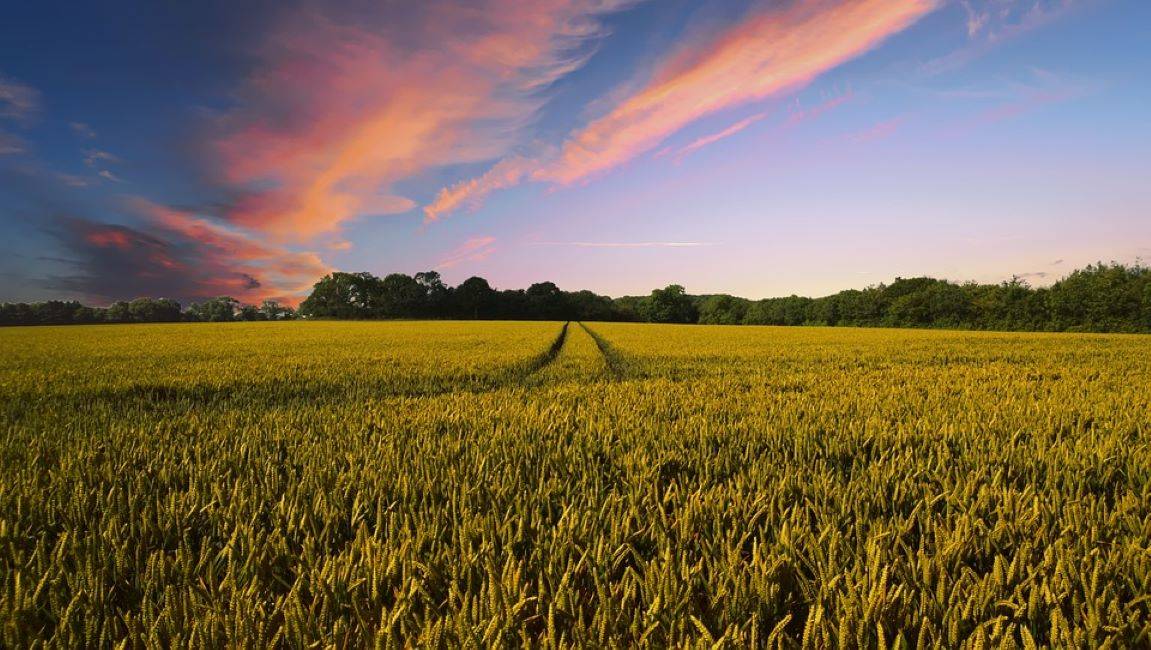
The agriculture ministry has recently released data, stating that the area that is responsible for summer crops has been slightly reduced to 67.72 lakh hectares from 68.81 lakh hectares in 2022. Among the crops, the sowing area for pulses and coarse cereals has increased year on year, while rice and oilseeds have decreased.
The government released data on the progress of area coverage under summer crops as of May 5, with pulses and coarse cereals experiencing an increase in area covered from 17.64 lakh hectares to 18.80 lakh hectares, and from 10.72 lakh hectares to 11.44 lakh hectares, respectively. On the other hand, rice and oilseeds have decreased in the area covered from 29.71 lakh hectares to 27.56 lakh hectares and 10.74 lakh hectares to 9.93 lakh hectares, respectively.
Summer crops include green gram, jowar, bajra, ragi, maize, groundnut, sunflower, and sesamum. These crops are harvested during the kharif and rabi seasons in India. Rabi crops are planted between October and November and harvested between January and March, depending on ripeness. Kharif crops, on the other hand, are planted in June-July and harvested in October-November. Summer crops are those grown between the months of rabi and kharif.
Apart from this, the Union Agriculture Ministry has set a target of producing 3,320 lakh tonnes (332 million tonnes) of foodgrains in 2023-24, up from the previous year's projection of 3,235 lakh tonnes.
The target for pulse output has been set at 292.5 million tonnes, up from 278.1 million tonnes this year, and oilseed production will be boosted from 400 million tonnes to 440 million tonnes in 2023-24. The millet production target for 2023-24 has been raised to 170 lakh tonnes from 159.1 lakh tonnes in 2022-23.
According to ANI, the government planning to increase crop area to achieve this target. They will work on intercropping, crop diversification, and product development through the introduction of higher-yielding seeds and the use of appropriate agronomic practices in low-yielding regions.
These measures are expected to improve agricultural productivity and help farmers achieve better yields.
















